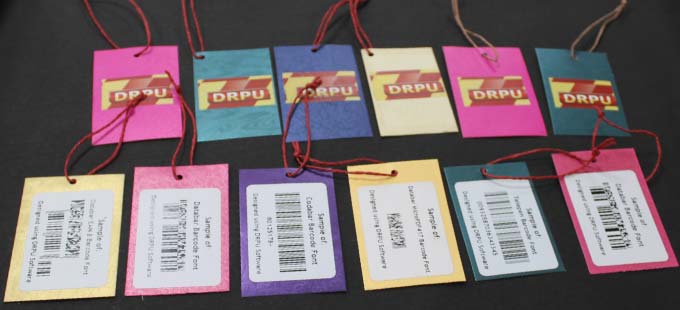Quality control Banks conduct regular quality control checks to ensure that the barcodes are printed clearly and can be scanned easily. They may use specialized equipment to check the quality of the barcode and ensure that it meets industry standards.
Regular maintenance Banks ensure that barcode scanning equipment is regularly maintained and calibrated to ensure accuracy.
Staff training Bank employees who are responsible for scanning barcodes are trained to use the equipment properly and to handle any issues that may arise. They are also trained to recognize and resolve any errors or inconsistencies in the data.
Data verification Banks use automated systems to verify that the data encoded in the barcode is accurate and matches the information in their systems. For example, barcodes on checks are verified against the account information in the bank's database.
Data encryption Banks may use encryption to protect the data encoded in barcodes from unauthorized access or tampering.
Overall, banks take several measures to ensure the accuracy and quality of the information encoded in barcodes. By following best practices for quality control, regular maintenance, staff training, data verification, and data encryption, banks can ensure that their barcode systems are accurate, reliable, and secure.
